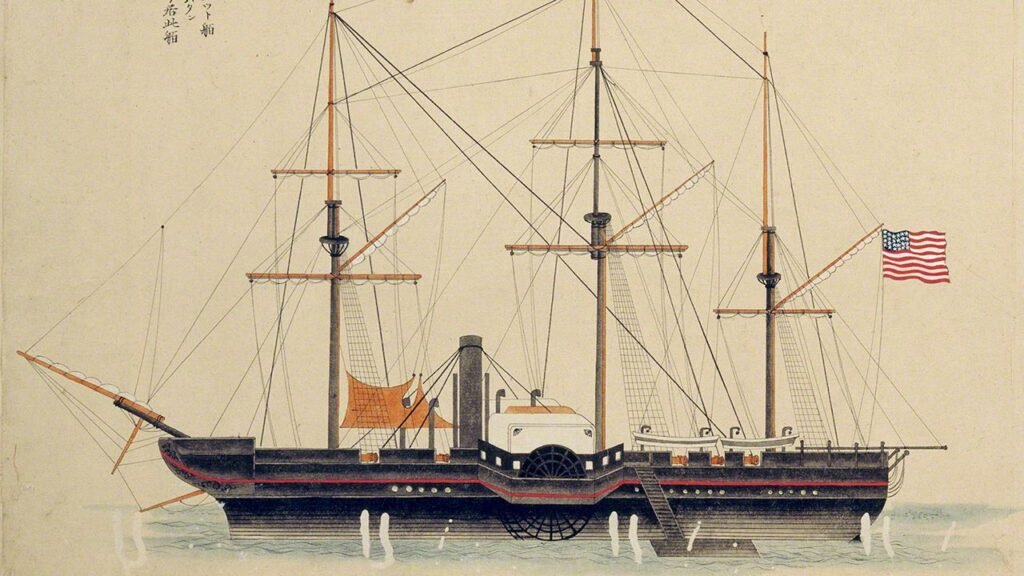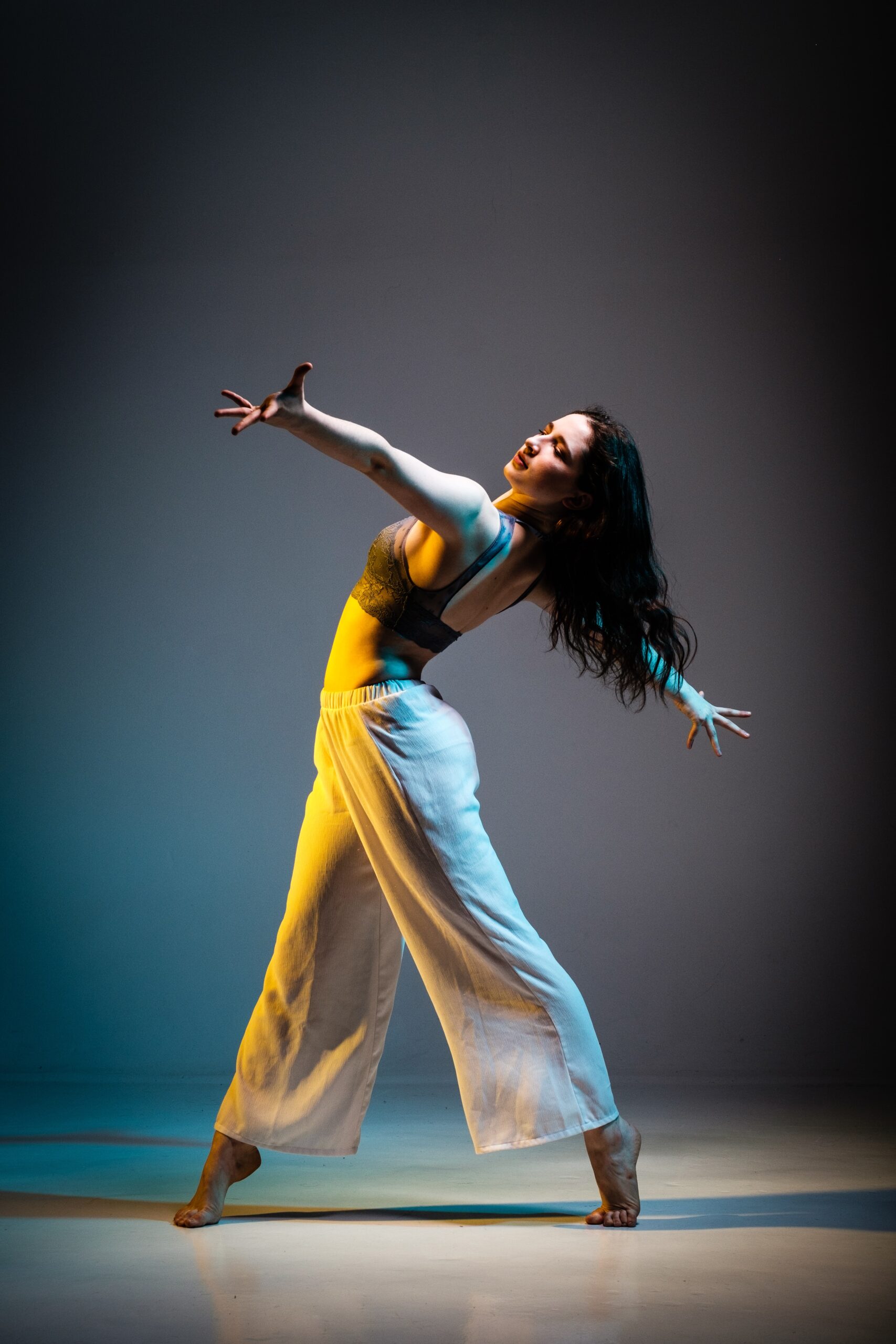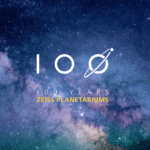Japan’s rich cultural heritage is renowned worldwide, from its traditional arts like Kabuki and Noh theater to its distinctive music forms like Gagaku and Shakuhachi. However, there is another fascinating aspect of Japanese culture that often goes unnoticed – the adoption and appreciation of Western classical music.
For over 250 years during the Edo period (from 1603 to 1868), Japan adopted an isolationist foreign policy. As a result relations and trade between Japan and other countries were severely limited, and nearly all foreign nationals were banned from entering Japan, while common Japanese people were kept from leaving the country.
Eventually, after many failed attempts, in 1853, Commodore Matthew Perry of the U.S. Navy with four warships steamed into the Bay of Edo (Tokyo) and displayed the threatening power of his ships’ Paixhans guns. He demanded that Japan open to trade with the West. These ships became known as the kurofune, the Black Ships.

The following year, 1854, a treaty was signed with the United States and the United Kingdom and within five years Japan had similar treaties with other western countries. Although the treaties were highly favorable to the western countries, through missions abroad by the Japanese to learn about Western civilization, Western classical music became gradually known.
The first symphony orchestra concerts in Japan marked a significant turning point in the country’s musical landscape. In the late 19th century, as Japan was undergoing rapid modernization and opening up to the world, Western music began to captivate the Japanese elite.
Pioneers of Western Classical Music in Japan
One of the pioneers in introducing Western classical music to Japan was Franz Eckert, a German musician who arrived in Yokohama in 1868. Eckert was invited by the Japanese government to be a foreign advisor and worked on the national anthem. Later he helped establish the Tokyo Music School, which later became the Tokyo University of the Arts, and played a vital role in training the first generation of Japanese classical musicians.
It wasn’t long before the first symphony orchestra was formed in Japan. In 1927, the New Symphony Orchestra (now known as the NHK Symphony Orchestra) gave its inaugural concert in Tokyo. This historic event marked the beginning of a new era for classical music in Japan.
The adoption of Western classical music in Japan was not without its challenges. The unfamiliarity of the musical style and the language barrier posed initial difficulties. However, Japanese musicians and audiences embraced the music with open arms, recognizing its beauty and universal appeal.
Today, Japan boasts a thriving classical music scene, with numerous world-class orchestras, opera companies, and renowned soloists. The annual Suntory Hall Chamber Music Garden festival and the Tokyo International Music Competition are just a few examples of the country’s commitment to promoting classical music.
The fact that Western classical music has become so integral to the Japanese culture is a testament to the power of music transcending cultural boundaries. It highlights how a foreign art form can find a new home and flourish in a different cultural context, enriching both the adopters and the adopted.


